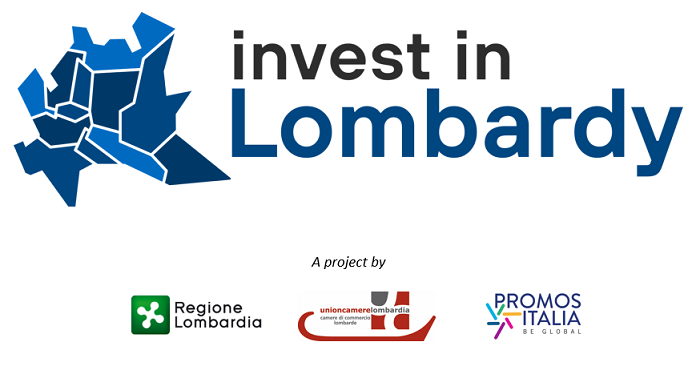In last couple of years, the Research & Development (R&D) Tax Incentive has caught significant importance in the international scenario, particularly in times of strong economic recession where innovation is seen as a key driver to encourage investments and produce economic growth.
Italy is, among the EU countries, one of those with the lowest level of R&D expenditure. The Italian government acknowledges that several European countries have introduced a specific incentive for R&D activity and believes that the introduction of a more specific regime would allow to Italian tax system to be more competitive and attractive for domestic and foreign investments within Italian territory.
Currently there are some forms of R&D tax incentives, particularly addressed to help start-up companies in finding external finance, given the uncertain nature of innovation and the lack of information about this subject for the potential investors. However, by introducing specific R&D fiscal incentives, the Italian tax system may potentially creates a distortion in favour of a certain type of businesses.
In this context the Italian Government, enacting the Ministerial Decree no 27 of May 27, 2015 (published in the Official Gazette no. 174 of July 29, 2015), gave substance to the provisions introduced by article 1 (section 35) of Law no. of December 23, 2014 (“Legge di Stabilità 2015”), which replaced those proposed in the previous Law Decree no. 145 of December 23, 2013 (“Destinazione Italia”), in order to introduce a more generic and non-selective incentive, as there are no territorial limitations nor restriction on potential beneficiaries.
Hereby, in this article we would provide you with the principal practical aspect about the utilization of the R&D Incentive.
The R&D tax credit allows all business (i.e.: Italian resident companies as well as subsidiaries of foreign groups and Italian branches of foreign branches, independently of their legal form, sector of activity, accounting standards or size) that perform R&D between 2015 and 2019, to receive a 25% R&D tax credit on the incremental expenditure referred to average costs of the last three fiscal years (2012-2014), with a minimum R&D expenditure of 30.000 euro per year (up to 5 million euro).
The definition of R&D tax qualifying expenditure (for the purposes of the incremental expenditure) is of critical importance when designing an R&D input incentive. The deduction, under the new tax scheme, is available for costs such as:
- experimental researches with the main scope of knowledge acquisition even if abstract and in absence of an immediate or practical application;
- applied research aimed at the creation of competences for the development of new products, processes or services or to improve the ones existing, or aimed at the creation of complex systems needed for industrial research;
- the acquisition, combination, structuring and use of knowledge and existing skills of a scientific, technological and commercial nature, aimed at the production, planning and projecting of new (or modified or improved) products, processes and service;
- the production and testing of products, processes and services, if not used for industrial or commercial purposes.
However, an enhanced rate of 50% applies for R&D collaborations with R&D expenses conducted in collaboration with:
- universities, public research institutes or equivalent bodies;
- innovative start ups regulated by Law Decree no 179 of October 18, 2012;
- highly qualified staff engaged in eligible R&D activities (staff with an Italian or recognized foreign Ph.D. and/or Master’s Degree in a scientific or technical subject).
The R&D tax credit can be used to offset other forms of taxation, such as the corporate income tax (IRES), the regional corporate income tax (IRAP) and social security contributions.
In order to grant the benefits of this tax incentive, a specific documentation to prove the expenditure must be collected from the interested companies and certified by an Audit Firm, a member of the Statutory Auditors or an individual registered Auditor. For companies without a board of Auditors, the eligible costs for the procedure at hand are limited to 5,000 Euro.
Further, the new Italian tax incentive on R&D can be cumulated with the previous tax incentive introduced by Law Decree no. 83 of June 22, 2012 under which a tax credit of 35% for R&D wages is granted for companies that permanently hire Italian or recognized foreign Ph.D. holders and/or Master’s Degree in a scientific or technical subject (employed in R&D research).
Last but not least, the new Law introduces a specific anti-abuse measure providing that, in cases of improper use of the tax credit due to a potential non-compliance of activities and/or some of the costs to this procedure, the tax authorities can refer the question primarily to the Ministry of Economic Development (Ministero dello Sviluppo Economico), afterwards if the improper use (even partial) of the tax credit is confirmed, they can recover the related amount plus interests and penalties provided by law.


